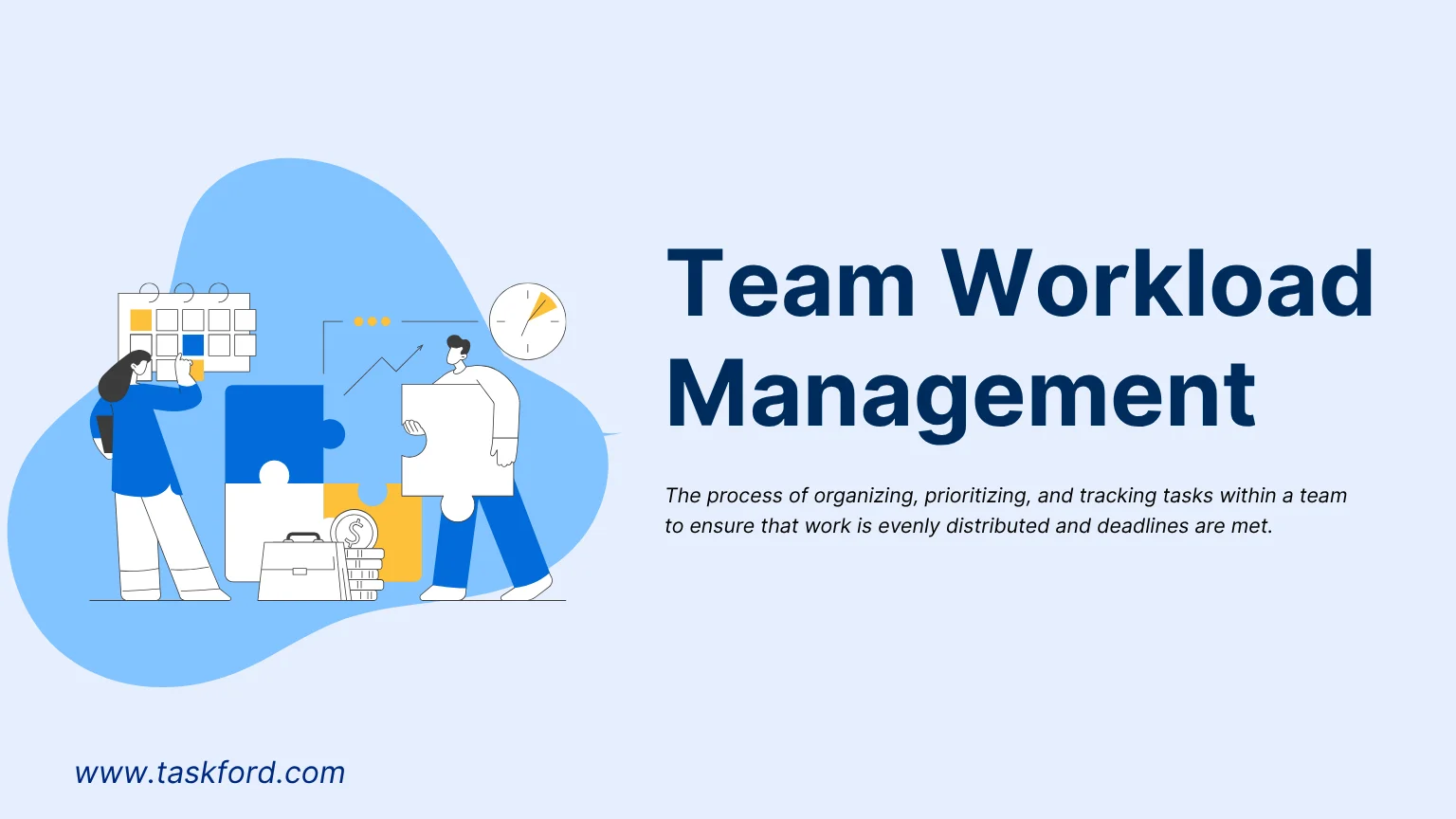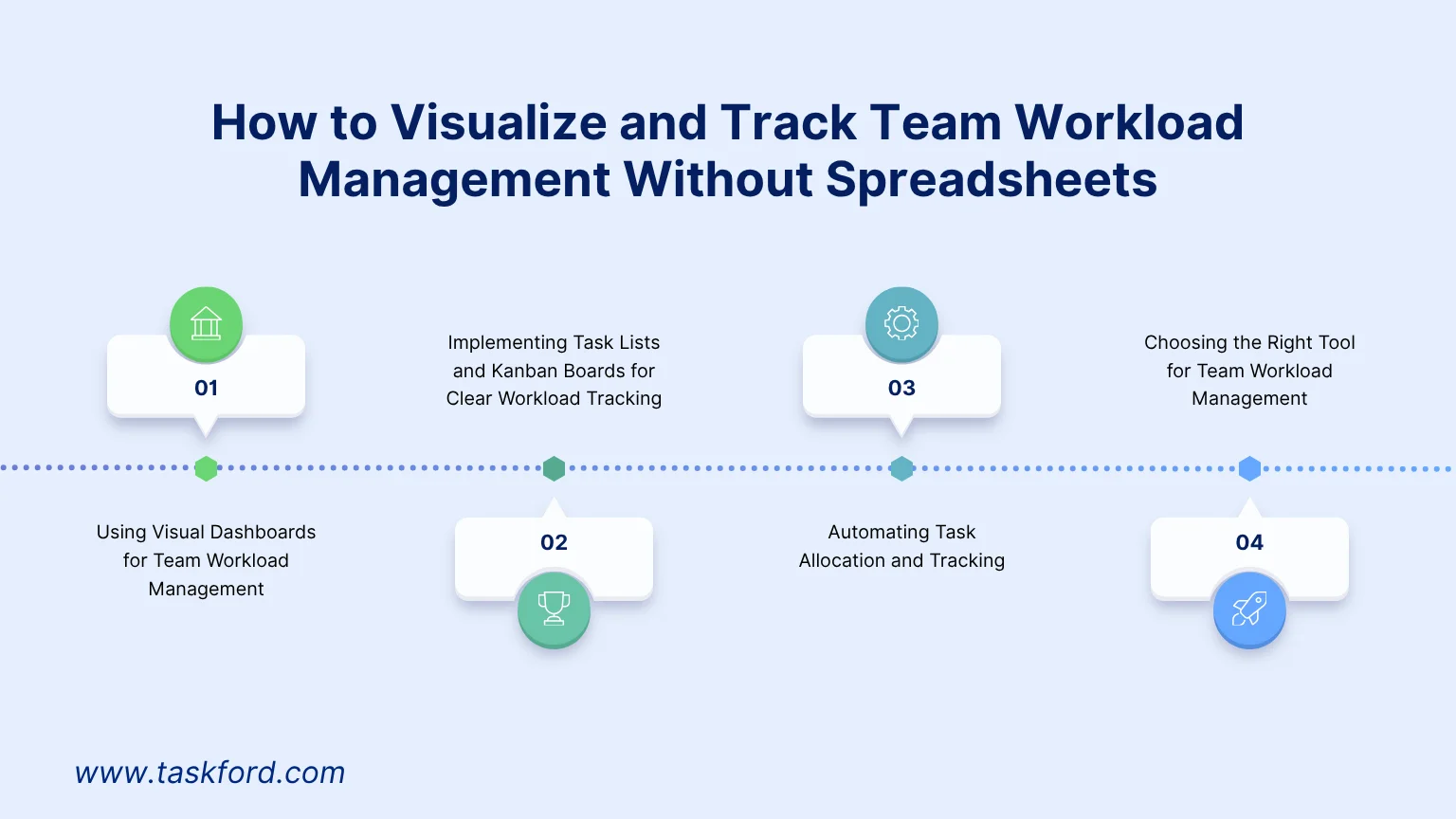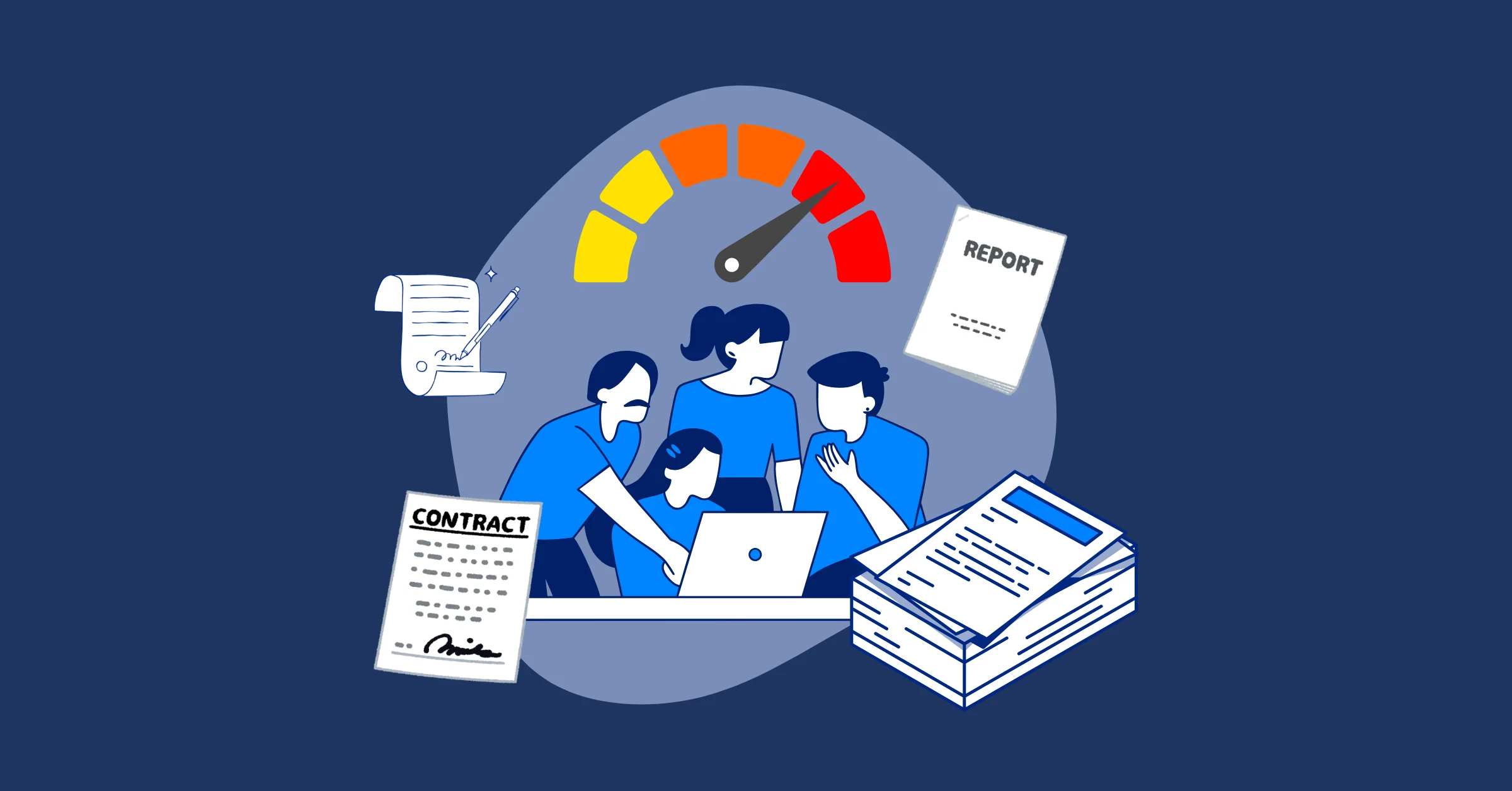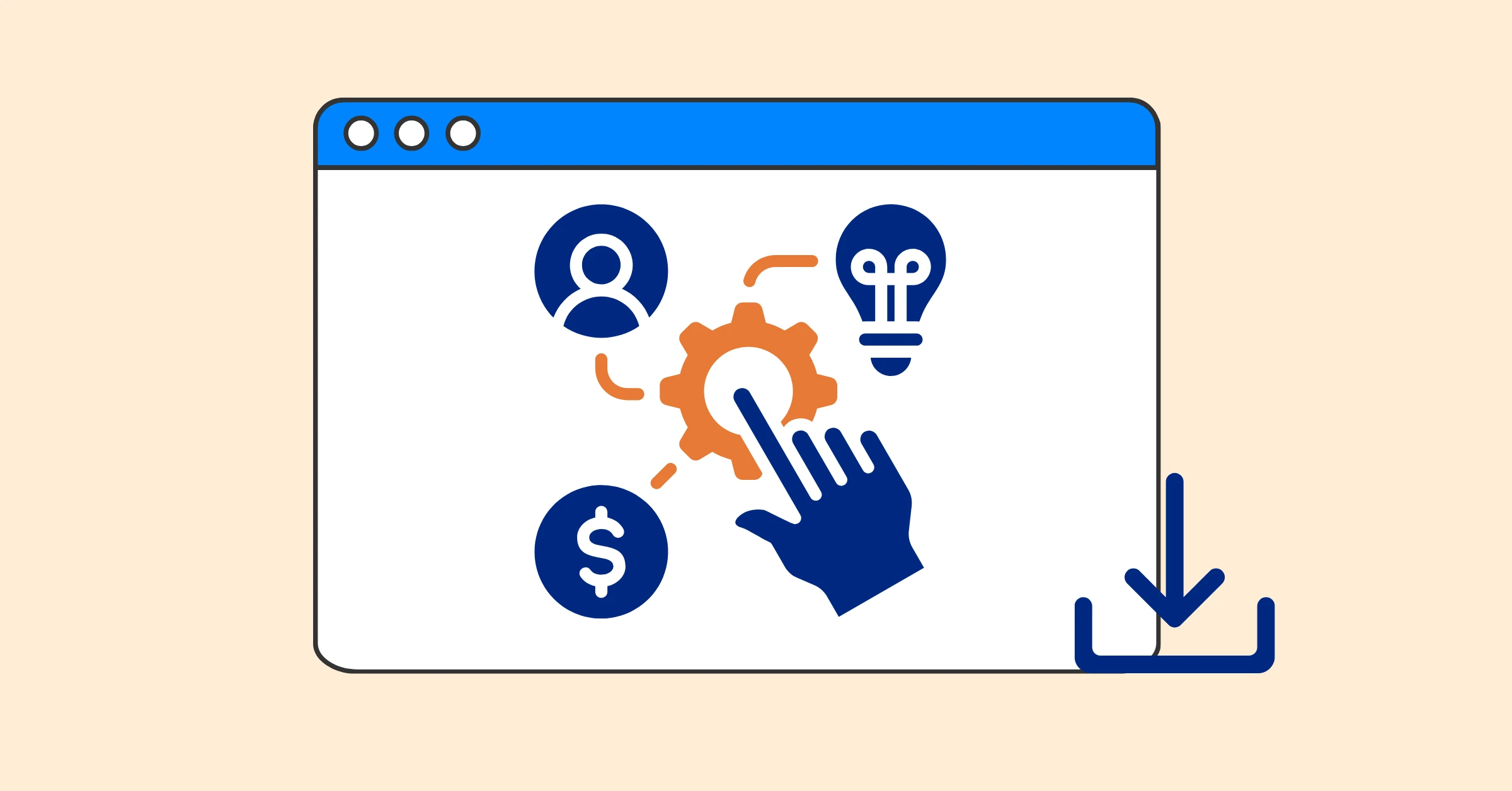Team Workload Management: How to Visualize and Track Work Without Spreadsheets
Learn how to visualize and track team workload management without spreadsheets using tools like dashboards, Kanban boards, and automation for better productivity.
Managing a team's workload effectively is a critical component of productivity, but many teams still rely on spreadsheets to track tasks and allocate resources. While spreadsheets can be useful for simple task tracking, they often become overwhelming and inefficient as team size grows. They lack real-time collaboration features and offer limited ways to visually represent workloads across multiple team members.
In this post, we’ll explore the challenges of using spreadsheets for team workload management and discuss more efficient alternatives. You'll discover how digital tools, visual dashboards, and automation can help you visualize and track team workload management in a way that scales with your team's needs and improves overall performance.
What is Team Workload Management?

Team workload management refers to the process of organizing, prioritizing, and tracking tasks within a team to ensure that work is evenly distributed and deadlines are met. It’s not just about assigning tasks; it’s about making sure each team member has a manageable amount of work and that resources are allocated efficiently. This involves balancing workloads, setting clear expectations, and adjusting plans as needed to accommodate shifts in priority or available resources.
Effective team workload management ensures that all tasks are completed on time and to the expected quality, without overburdening any single team member. It also allows for better visibility into the team’s overall progress, making it easier to identify potential bottlenecks before they become problems. By implementing the right strategies and tools, teams can stay aligned, meet their goals, and improve overall productivity.
As teams grow and take on more complex projects, the traditional methods of task management, such as spreadsheets, often fall short. That's why moving beyond manual tracking methods to more sophisticated solutions is crucial for improving team efficiency and performance.
Learn more about Workload management - 10 Smart Ways to Keep Your Team Burnout-Free
Why You Need to Move Beyond Spreadsheets for Team Workload Management
Spreadsheets might seem like an easy, low-cost solution for managing a team’s workload, but as teams grow and projects become more complex, their limitations become apparent. While they can work for small tasks or short-term projects, spreadsheets struggle to provide the organization and flexibility needed for effective team workload management. Let’s take a closer look at why it’s time to move beyond spreadsheets.

1. Overwhelming Data in Spreadsheets
As your team takes on more tasks and projects, the data in spreadsheets quickly becomes overwhelming. What starts as a simple list can soon turn into a tangled web of rows and columns that’s hard to navigate.
Managing multiple tasks, deadlines, and team members within a single spreadsheet can lead to cluttered information that’s difficult to organize and track effectively. The more data you have, the greater the chance of human error, whether it’s misallocated tasks or missed deadlines. With spreadsheets, it’s easy to lose track of who’s responsible for what and when tasks are due, which can cause delays and reduce overall team productivity.
2. Need for Real-Time Collaboration
One of the most significant drawbacks of using spreadsheets for team workload management is the lack of real-time collaboration. As your team grows, it becomes increasingly challenging to keep everyone aligned using a static document.
When team members work in separate copies of a spreadsheet, there's always the risk of outdated information or version control issues. If someone forgets to update a task or changes a detail without communicating it, it can lead to confusion, missed deadlines, and duplication of efforts.
Real-time collaboration allows teams to track progress seamlessly, adjust priorities on the fly, and keep everyone on the same page. Moving to a tool that supports live updates helps maintain accuracy and ensures that all team members have the most up-to-date information at their fingertips.
3. Clear Visual Representations of Team Workload Management
Another significant limitation of spreadsheets is their inability to provide clear visual representations of team workloads. While you can create lists and track tasks, it’s difficult to get an instant overview of who’s doing what and how much work they have.
A visual tool like a dashboard, task list, or Kanban board can provide a quick snapshot of each team member’s workload, helping managers see if someone is overburdened or if a task is falling behind. These visual tools make it easier to prioritize tasks, shift resources, and keep projects on track without having to dig through rows of data.
By visualizing workload, teams can make faster, more informed decisions, ultimately improving their efficiency and reducing the risk of burnout.
How to Visualize and Track Team Workload Management Without Spreadsheets
Shifting away from spreadsheets doesn't mean sacrificing control over your team’s workload. In fact, modern resource planning tools and digital platforms offer more intuitive ways to visualize and track team workload management while keeping things organized and efficient. As the experts at the Harvard Business Review have pointed out, while assigning individual tasks may seem straightforward, workload management can actually be quite complex. Let’s dive into some of the best alternatives for managing workloads without relying on outdated spreadsheet systems.

1. Using Visual Dashboards for Team Workload Management
One of the most effective ways to manage team workloads is through digital dashboards. Unlike spreadsheets, which offer a static and cumbersome view of your tasks, dashboards provide a dynamic, real-time snapshot of your team’s work.
A digital dashboard consolidates all your key workload information, tasks, deadlines, progress, and priorities into one easy-to-read visual interface. This means managers can quickly assess the status of multiple projects and team members at a glance, without having to sift through multiple sheets or rely on complex formulas.
Dashboards also allow for customization, meaning you can track exactly what matters most to your team, whether that’s project completion rates, pending tasks, or individual workloads. With visualized progress tracking, teams can easily identify bottlenecks, reallocate resources, and make data-driven decisions. Dashboards are the perfect alternative to the confusion and inefficiency that comes with managing team workloads in spreadsheets.
Learn more: Customize a Project Dashboard for Different Teams
2. Implementing Task Lists and Kanban Boards for Clear Workload Tracking
Another powerful alternative to spreadsheets is the use of task lists and kanban boards. These tools provide a simple, yet effective, way to organize tasks and track workloads across your team.
Task lists allow you to break down projects into individual tasks, assign those tasks to specific team members, and set clear deadlines. This structure helps avoid confusion about who’s responsible for what, and ensures that no tasks fall through the cracks.
Kanban boards, on the other hand, offer a visual approach to workload tracking. With a Kanban board, tasks are organized into columns (such as "To Do," "In Progress," and "Completed"), providing a clear overview of your team’s workflow. As tasks move from one stage to the next, everyone on the team can see progress in real time, reducing the need for constant status updates or manual check-ins.
These tools are particularly useful for prioritizing work and ensuring that tasks are completed in the right order. By visually mapping out your team's work, you can quickly identify any imbalances in workload distribution or areas that may require more attention.
3. Automating Task Allocation and Tracking
While visual tools like dashboards and Kanban boards are highly effective, automation takes team workload management to the next level. Automation tools help reduce the manual effort involved in task allocation and progress tracking.
Instead of manually assigning tasks and updating spreadsheets or task lists, automation ensures that tasks are allocated based on pre-set rules, such as team member availability, skill sets, and current workload. This can save time, reduce the risk of human error, and ensure that tasks are assigned to the right people at the right time.
Automation also plays a crucial role in real-time updates and notifications, which help keep everyone on track. For instance, if a task's deadline is approaching or a new task is assigned, team members can receive automatic notifications to stay informed. This minimizes the need for manual follow-ups and ensures that no task is overlooked. With automation, team members and managers alike are always in the loop, making workload tracking more seamless and efficient.
4. Choosing the Right Tool for Team Workload Management
Selecting the right workload management tool is key to keeping your team organized and productive. Unlike spreadsheets, the right tool should offer real-time collaboration, visual task tracking, and efficient workload balancing.
Look for features like task assignment, prioritization, and visual tracking (such as Kanban boards or task lists), which help you monitor progress and ensure clarity across the team. Besides that, capacity planning ensures no team member is overloaded, while customizable dashboards allow you to tailor views to your team’s specific needs, providing a clear overview of task status and overall project progress.
Modern digital tools now offer these capabilities to optimize workflow, reduce human error, and improve communication, in which TaskFord is a comprehensive solution that integrates these essential features for more streamlined team management.
Conclusion
Effective team workload management is essential for optimizing productivity and ensuring that projects stay on track. While spreadsheets may have been a go-to solution for small teams or simple tasks, they quickly become overwhelming and inefficient as the team grows or as project complexity increases. By adopting modern digital tools like visual dashboards, Kanban boards, and automation, teams can gain better visibility, reduce human error, and improve real-time collaboration.
TaskFord offers a comprehensive solution to replace spreadsheets, providing essential features such as task assignment, capacity planning, and customizable dashboards that help teams manage workloads more effectively. With Taskford, teams can streamline their workflow, balance workloads, and make data-driven decisions, ensuring tasks are completed on time without overburdening any individual. Moving away from spreadsheets and embracing smarter, more efficient workload management tools is key to improving both team performance and overall project success.
Making work simpler,
smarter, and more connected
Join our waitlist and be notified first.

Related Blog
Subscribe for Expert Tips
Unlock expert insights and stay ahead with TaskFord. Sign up now to receive valuable tips, strategies, and updates directly in your inbox.






